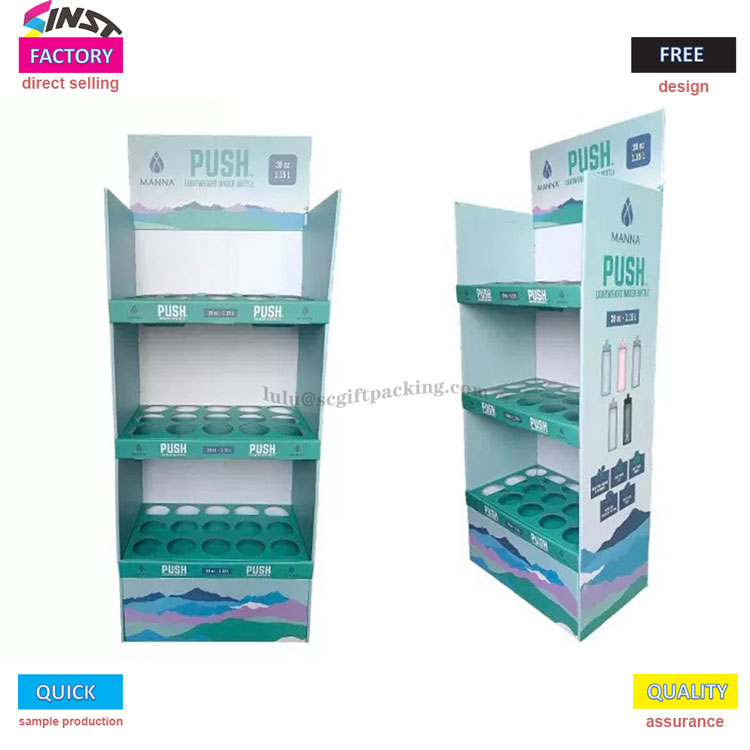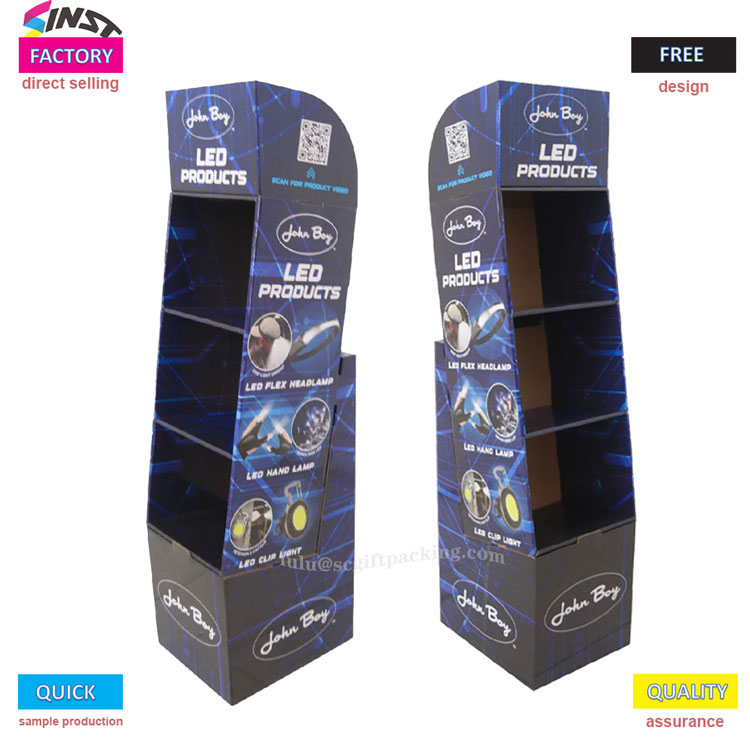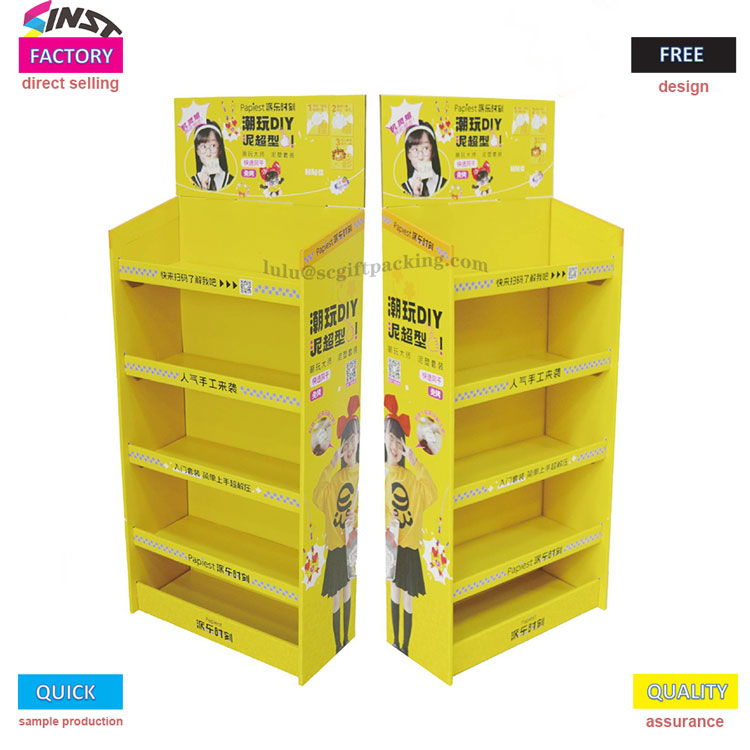Self adhesive is a multi-layer composite structural material composed of backing paper, adhesive, and surface material. Due to its own characteristics, there are many factors that can affect the processing or use effect during the processing and use process.
When the air humidity continues to increase, the adhesive is also prone to various problems during use.
Non drying adhesive applied to wine bottles with wrinkles
A customer used a self-adhesive label to attach to a wine bottle. When it was first applied, it was fine, but after 24 hours, the label on the bottle began to wrinkle. And as time goes on, the label wrinkles on the bottle body become more and more severe. The customer uses a self-adhesive label made of copper sheet paper material, and during the processing, there are also stamping and polishing processes in addition to printing. He felt quite strange because this type of label was no longer the first to be used, and no such phenomenon had been found during previous use. After analysis, the cause of the label wrinkles was identified. When in contact with water, the self-adhesive label has always been sealed with a plastic bag before use. Therefore, the moisture content of the label itself differs significantly from that of the customer's workshop. The label rapidly absorbs water and expands during a period of time after labeling, resulting in wrinkles.
There are several ways to solve such problems:
1. Before labeling, open the outer packaging of the label and place it in the labeling workshop for a period of time (recommended at least 48 hours) so that the label can fully balance with the humidity of the labeling environment. This way, after labeling, the label will not expand or wrinkle due to excessive water absorption.
2. By changing the label processing process, the laminating process can be used instead of the polishing process, which effectively blocks the label from absorbing external moisture and reduces the probability of wrinkles.
3. During printing and processing, secondary wetting can be used to increase the moisture content of the label. For example, a humidifier can be used to add moisture to the bottom paper of the label during label processing and die-cutting to ensure that the label is not too dry, thereby reducing the impact of external humidity changes on the label.
Curling of self-adhesive materials during printing and die-cutting processes
During the rainy season, it is also quite common for self-adhesive materials to curl during printing or die-cutting, which can affect printing processing. This type of problem is particularly prone to occur during the use of thin film adhesive materials. Because the surface material of film type self-adhesive materials is almost unaffected by external moisture, its base paper is often greatly affected by external moisture. During the processing, the base paper of the adhesive material absorbs moisture and rapidly expands, resulting in severe curling of the material towards the surface layer. Due to the fact that the customer uses a tension free paper receiving tray to receive the paper, it is almost impossible to receive the paper normally after the material is curled.
Encountering such situations can be resolved through the following methods:
1. Strengthen temperature and humidity control in the workshop. We all know that the optimal temperature for printing is between 20-25 degrees Celsius and the relative humidity is between 50-60%. Therefore, in order to make good products, it is necessary for enterprises to control workshop temperature and humidity in order to fundamentally solve this problem.
2. For enterprises without conditions for temperature and humidity control, local humidity adjustment can be used to solve this problem. For example, heating pipes or hot air fans can be installed in the winding area of the equipment to reduce local humidity to solve the problem.
3. If the humidity in the workshop is too high, it can be considered to open the packaging of the materials and place them in the workshop 24 hours before printing to balance the moisture between the materials and the workshop. This can to some extent improve the curling problem of the adhesive material caused by excessive humidity.
 English
English  Español
Español  Português
Português  русский
русский  Français
Français  日本語
日本語  Deutsch
Deutsch  tiếng Việt
tiếng Việt  Italiano
Italiano  Nederlands
Nederlands  ภาษาไทย
ภาษาไทย  Polski
Polski  한국어
한국어  Svenska
Svenska  magyar
magyar  Malay
Malay  বাংলা ভাষার
বাংলা ভাষার  Dansk
Dansk  Suomi
Suomi  हिन्दी
हिन्दी  Pilipino
Pilipino  Türkçe
Türkçe  Gaeilge
Gaeilge  العربية
العربية  Indonesia
Indonesia  Norsk
Norsk  تمل
تمل  český
český  ελληνικά
ελληνικά  український
український  Javanese
Javanese  فارسی
فارسی  தமிழ்
தமிழ்  తెలుగు
తెలుగు  नेपाली
नेपाली  Burmese
Burmese  български
български  ລາວ
ລາວ  Latine
Latine  Қазақша
Қазақша  Euskal
Euskal  Azərbaycan
Azərbaycan  Slovenský jazyk
Slovenský jazyk  Македонски
Македонски  Lietuvos
Lietuvos  Eesti Keel
Eesti Keel  Română
Română  Slovenski
Slovenski  मराठी
मराठी  Srpski језик
Srpski језик 




